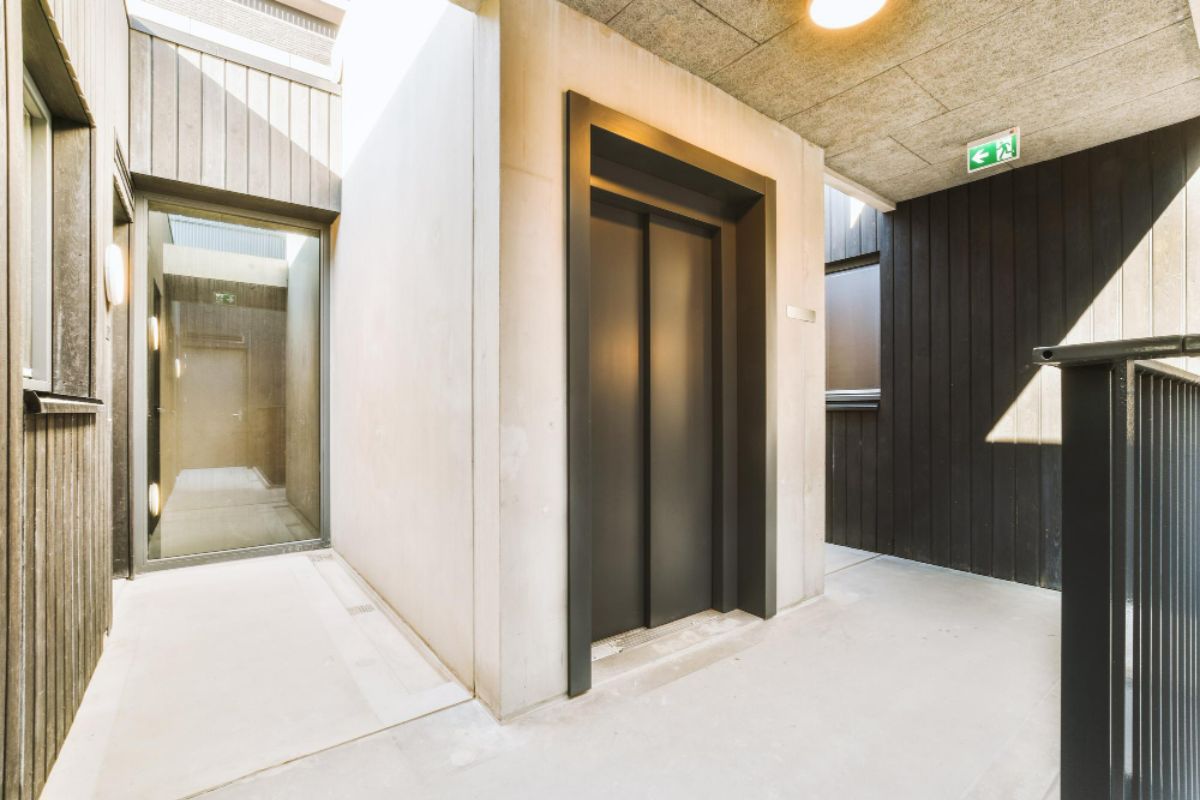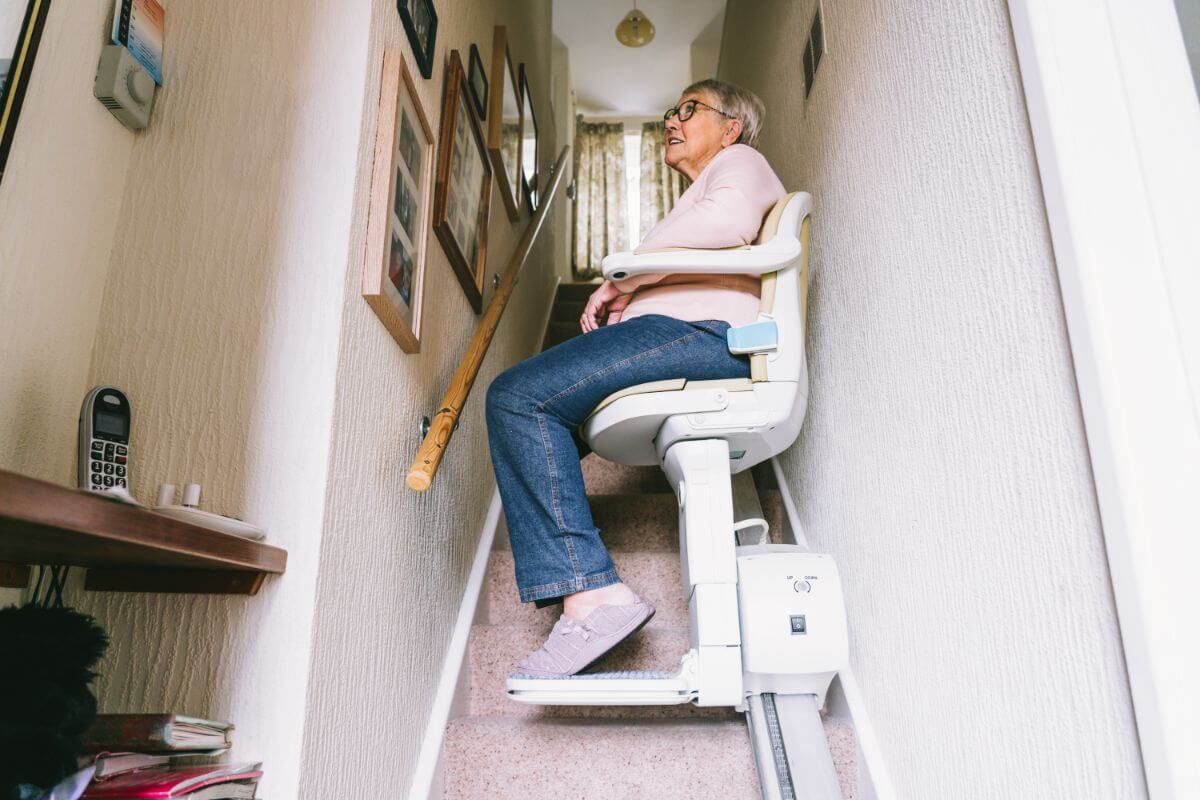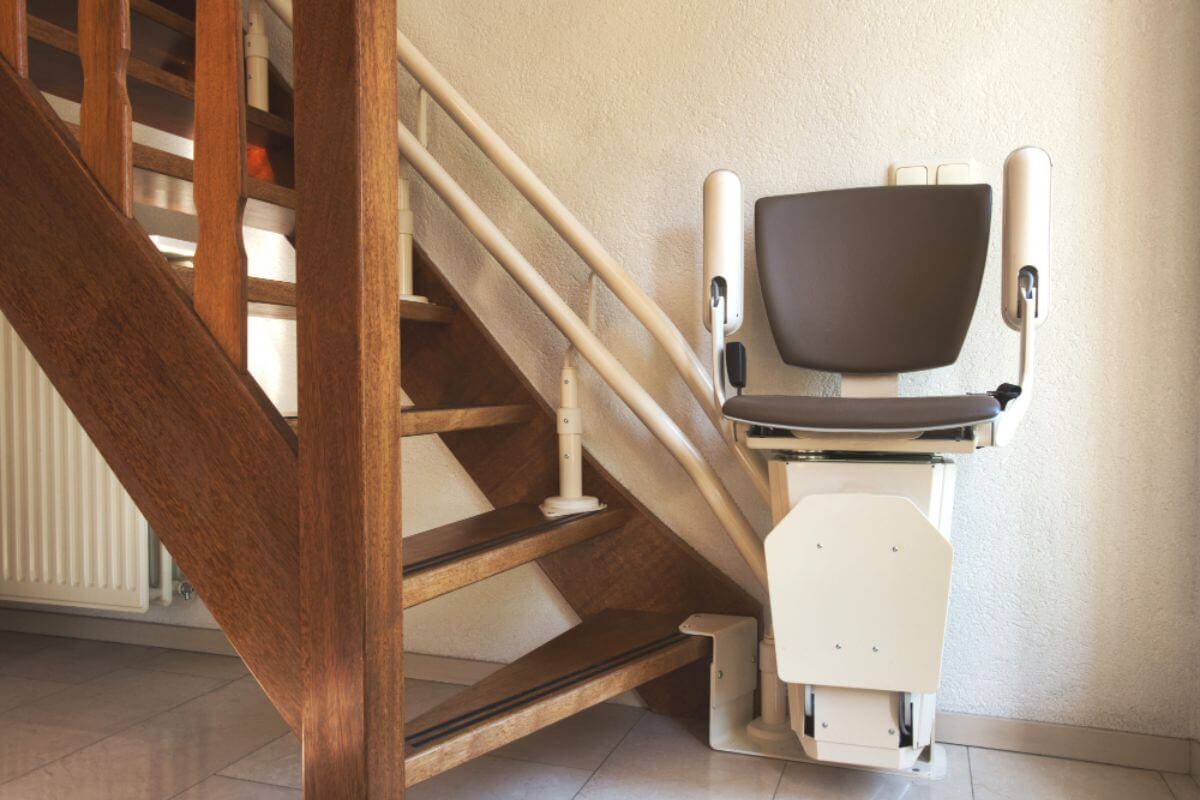How are Home Elevators Installed in Your Home?

How are home elevators installed in homes?
- Consult with a professional about the design
- Assess your home
- Secure the necessary permits
- Install components of the elevator
- Perform testing and inspection
- Conduct maintenance and service
- Complete final inspection and approval
Overview
- Collaboration with a home elevator expert or company is crucial. Detailed discussions on needs, preferences, budget, and elevator type, size, and style.
- Actual installation includes elevator shaft, motor, cab, control systems, safety features, and customizations. Technicians oversee meticulous assembly, alignment, and functionality testing.
Picture the ease of gliding effortlessly between the floors of your home, saying goodbye to the daily climb up the stairs. This becomes a reality through the revealing process of how home elevators are installed.
Installing a home elevator doesn’t just bring luxurious mobility but also enhances the overall accessibility and value of your residence. In this article, we’ll uncover the conveyor installation process, from the initial assessment and planning to the final approval for operation. Whether you’re considering this upgrade for convenience, accessibility, or a touch of luxury, understanding the installation journey sheds light on the transformation that can elevate your living space to new heights.
Consult with a Professional About the Design
At the onset of the installation journey, a consultation with a home elevator expert or company becomes the cornerstone. During this phase, your specific needs, preferences, and budget are thoroughly discussed. The professional guides you in selecting the optimal type, size, and style of the elevator, aligning seamlessly with your home’s architecture and addressing your mobility requirements.
This collaborative process lays the foundation for a home elevator that perfectly integrates functionality with your lifestyle.
Assess Your Home
After the initial design discussions, an assessment of your home will be conducted. Home2stay’s no-obligation assessment helps identify the best location for the elevator, taking into consideration factors like available space, structural integrity, and the most convenient access points between floors. It’s crucial to ensure that the chosen location complies with building codes and safety regulations.
An assessment is conducted to recognize how an elevator will be incorporated into your space. Here at Home2stay, we provide you with our recommendations, and you’re free to decide what you would want installed in your home.
Secure the Necessary Permits

Securing the necessary permits is a vital step in the home elevator installation process, involving approvals from local authorities and building departments. Your chosen professional or elevator company takes charge of navigating this bureaucratic terrain, ensuring that all required permits are obtained prior to the commencement of installation.
While we don’t exert direct regulatory authority over elevator installations, adherence to the Canadian Standards Association (CSA) code is imperative. The manufacturing, installation, and maintenance must strictly follow these codes, specifically:
- Lifts for Individuals with Physical Disabilities – CAN/CSA-B355
- Private Residence Lifts for Individuals with Physical Disabilities – CAN/CSA-B613
- Private Residence Elevators – CAN/CSA-B44 SEC 5.3
- Private Residence Inclined Elevators – CAN/CSA-B44 SEC 5.4
- Canadian Electrical Code – CAN/CSA – C22.1
Compliance with these codes is paramount to guarantee the safety and reliability of elevating devices, ensuring the well-being of those utilizing these installations.
Install Components of The Elevator
Once you’ve completed the planning and received the green light from the authorities, the actual installation of the elevator components can commence. This typically includes the installation of the elevator shaft, motor, cab, control systems, safety features, and any additional customization you’ve chosen.
Technicians oversee every aspect of this installation process, ensuring that all components are meticulously assembled, aligned, and tested for functionality and safety. This phase is a critical juncture in the journey toward having a fully operational home elevator, one that will provide convenience and accessibility for years to come.
Perform Testing and Inspection
After the installation is complete, rigorous testing and inspection take place. This is a critical step to ensure that the elevator operates smoothly, safely, and in accordance with industry standards. Technicians conduct comprehensive tests to assess the elevator’s functionality, from its mechanical systems to its safety features and emergency protocols.
This meticulous testing and inspection phase is non-negotiable. It serves as the final checkpoint before your home elevator is deemed ready for regular use. This stringent process not only guarantees the elevator’s optimal performance but, most importantly, ensures the safety and peace of mind of all passengers who will utilize this valuable addition to your home.
Conduct Maintenance and Service

Like any mechanical system, home elevators require regular maintenance to keep them running smoothly. Most elevator companies offer service agreements that include routine maintenance visits to inspect, lubricate, and adjust components, ensuring the elevator’s longevity and safety. Regular maintenance is essential to identify and address potential issues before they become major problems.
In essence, regular maintenance is an investment in the long-term functionality, safety, and reliability of your home elevator. It ensures that your elevator remains in peak condition throughout its lifespan, offering convenient and secure transportation within your home.
Complete Final Inspection and Approval
The last step involves a thorough inspection by local authorities or relevant regulatory bodies to ensure that the installed elevator complies with all safety codes and regulations. Once the elevator passes this inspection and receives official approval, it is ready for use, providing you with the convenience and accessibility you desire.
The final inspection and approval stage of home elevator installation is the culmination of meticulous planning, design, installation, and testing. It represents the culmination of all efforts to ensure that the elevator is not only functional but also safe and compliant with all relevant regulations.
Key Takeaway
It is crucial for homeowners to know how home elevators are installed to ensure their safety because home elevator installation is a comprehensive process that begins with careful planning, adhering to regulatory requirements, and securing the necessary permits. Investing in a conveyor can significantly enhance accessibility and convenience in your home, but it’s crucial to follow steps to ensure a smooth and safe installation process.
Home2stay provides living solutions to persons with mobility issues or if you just want to future-proof your home for a retiree or for your retirement. Contact us here for any inquiry or to have an assessment by our professionals now.




Leave a Comment
We'd Love to Hear Your Thoughts Got something to say? We're all ears! Leave your comments below and let us know what you think. Your feedback helps us improve and serve you better. Can't wait to hear from you!